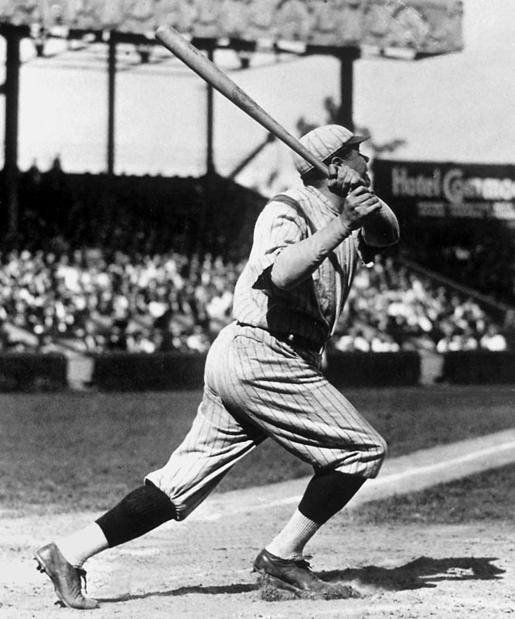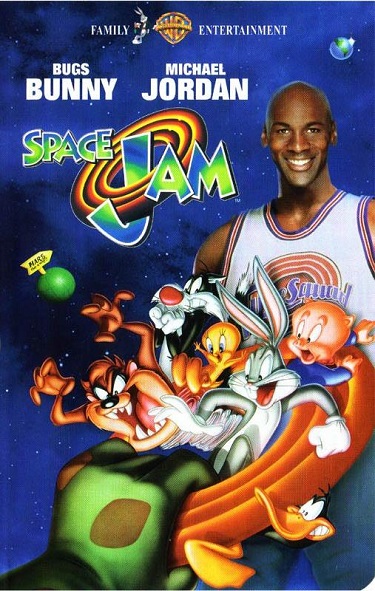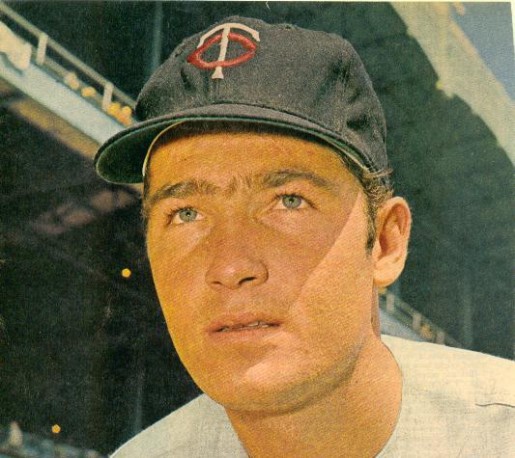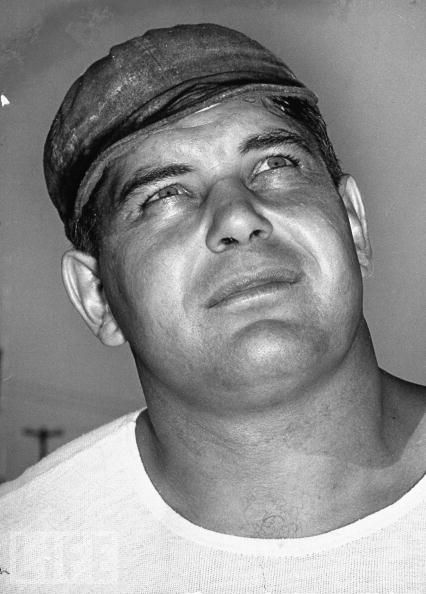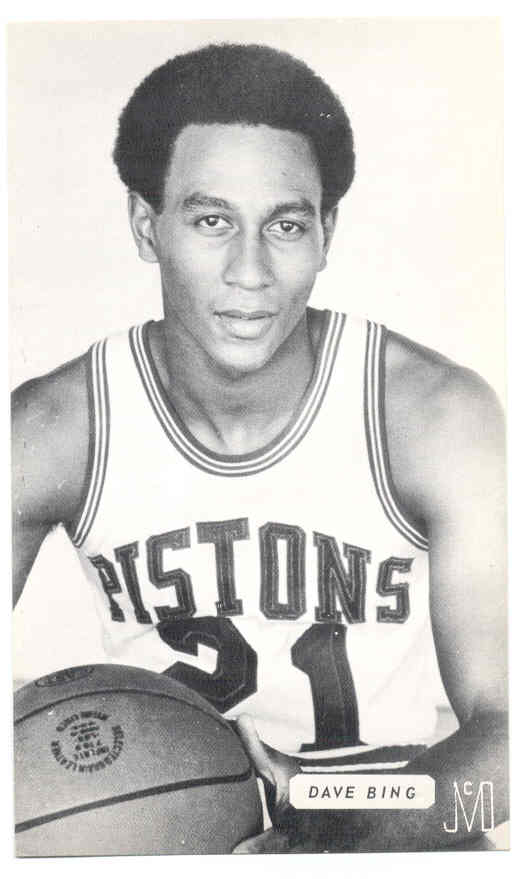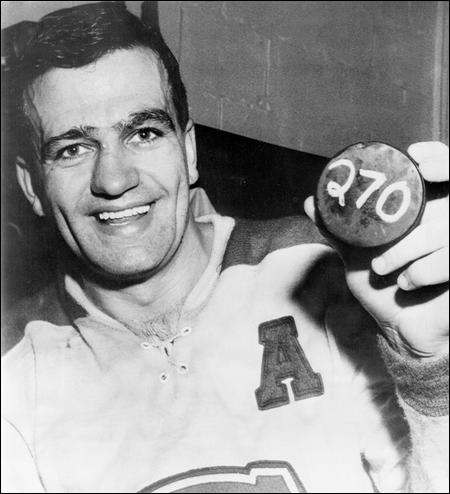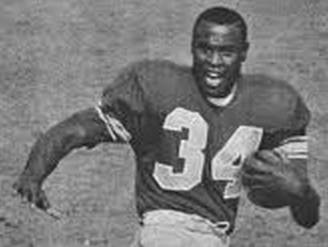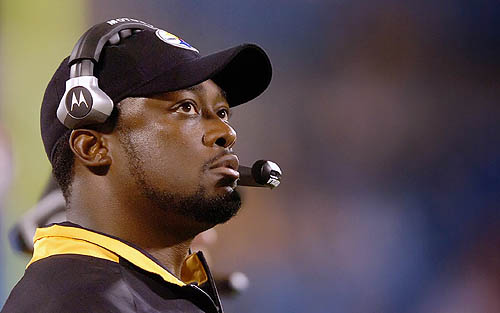Did the White Sox Offer Shoeless Joe Jackson for Babe Ruth Before the Red Sox Sold Him to the Yankees?
Here is the latest in a series of examinations into urban legends about baseball and whether they are true or false. Click here to view an archive of the baseball urban legends featured so far.
BASEBALL URBAN LEGEND: The White Sox offered Joe Jackson and $60,000 for Babe Ruth before the Red Sox sold him to the Yankees.
The main thing that you need to take out of the landscape of the world of American League baseball in 1919 is the following – there was a serious rift between the teams in the American League.
Ban Johnson was the President of the American League and he had a lot to do with making the American League comparable to the National League, the “Senior Circuit,” including the raiding of the National League turn of the century when the National League had decided to put caps on the salaries of their players.
The eight teams in the American League in 1919 were the New York Yankees, the Boston Red Sox, the Chicago White Sox, the Washington Senators, the Detroit Tigers, the Cleveland Indians, the St. Louis Browns and the Philadelphia Athletics.
Ban Johnson ruled the league with an iron fist, and he made it very difficult for people to buy a team if he did not approve of them. Hell, he actually owned a piece of the Indians!!
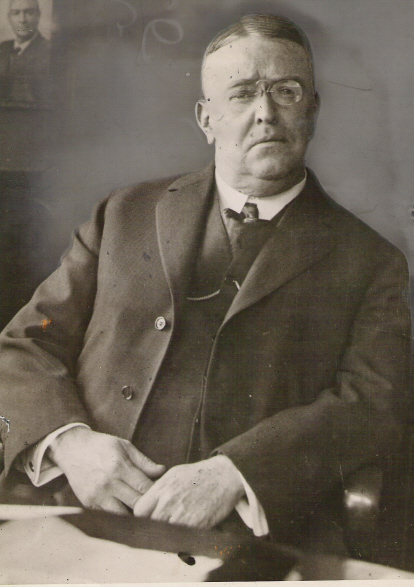
This control loosened a bit in 1917 when Harry Frazee purchased the Boston Red Sox. Johnson was not a fan of Frazee, and almost from the start seemed to want to drive Frazee off.
Meanwhile, the owners of the New York Yankees, Jacob Ruppert and Tillinghast Huston, were not exactly fans of Johnson. When they purchased the Yankees in 1915, Johnson promised them that he would help them purchase good players, but in fact he actually specifically BLOCKED them from acquiring players, including the great Tris Speaker, who Johnson funneled from Boston to Cleveland, a team that Johnson owned an interest in (the Yankee owners did not know this at the time).
In addition, Charles Comiskey, famed owner of the White Sox, who was once such great friends with Johnson that he helped ESTABLISH Johnson’s position, had soured on Johnson and the two were no longer friends.
So those three teams were on the outs, with the other five teams (known as “The Loyal Five” at the time) also set against the three “Insurrectos.”
Things escalated in 1919 when Boston pitcher Carl Mays, angry with the Red Sox over contract negotiations and the fact that the Sox (1918 World Champions) seemed likely to miss the playoffs (and therefore Mays would have little chance of getting a World Series bonus), left the team. The rumors were that Mays was hoping to “force” the Red Sox into trading him to a contender. Frazee was somewhat surprised that other contending teams WERE offering him good money for his malcontent.
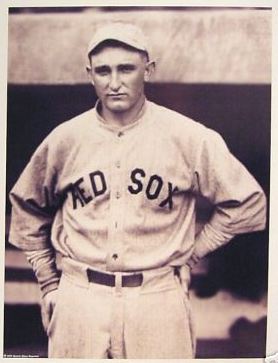
Frazee then traded Mays to the Yankees in the Summer of 1919.
Johnson, however, did not want to see future players using such a strategy to force trades, so he suspended Mays and refused to allow him to play for any other team while suspended.
They went to court over the suspension, and ultimately Johnson lost and Mays was allowed to pitch for the Yankees. That was the first major “loss” for Johnson as President.
However, this “victory” also further solidified the tension between Frazee and “The Loyal Five.”
So when, at the end of the 1919 season (a season where the Red Sox finished sixth out of eight teams), when his star player, Babe Ruth, demanded that his salary be doubled to $20,000, well, Frazee decided to get rid of Ruth, but as you could see, the teams he could deal with were limited.


